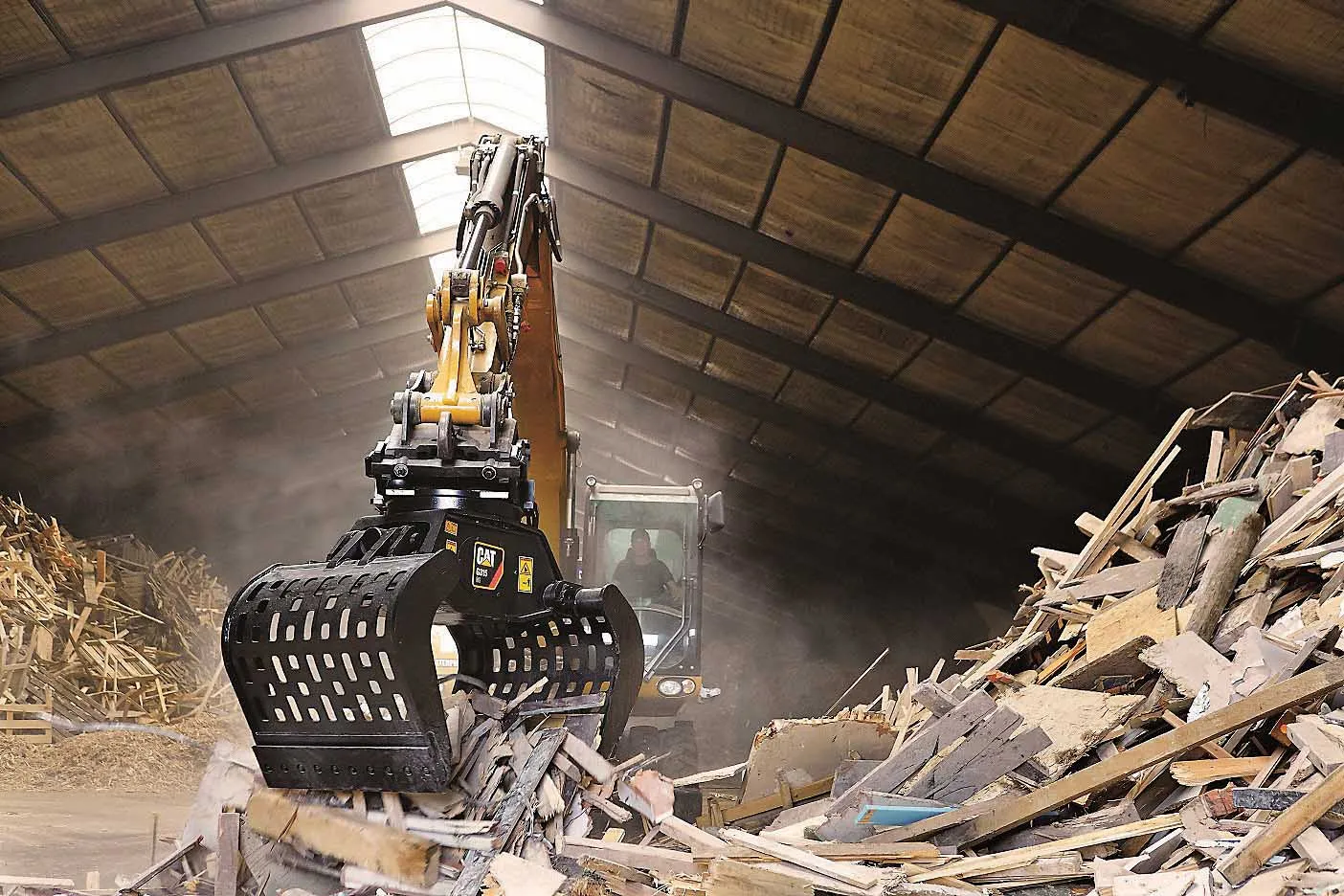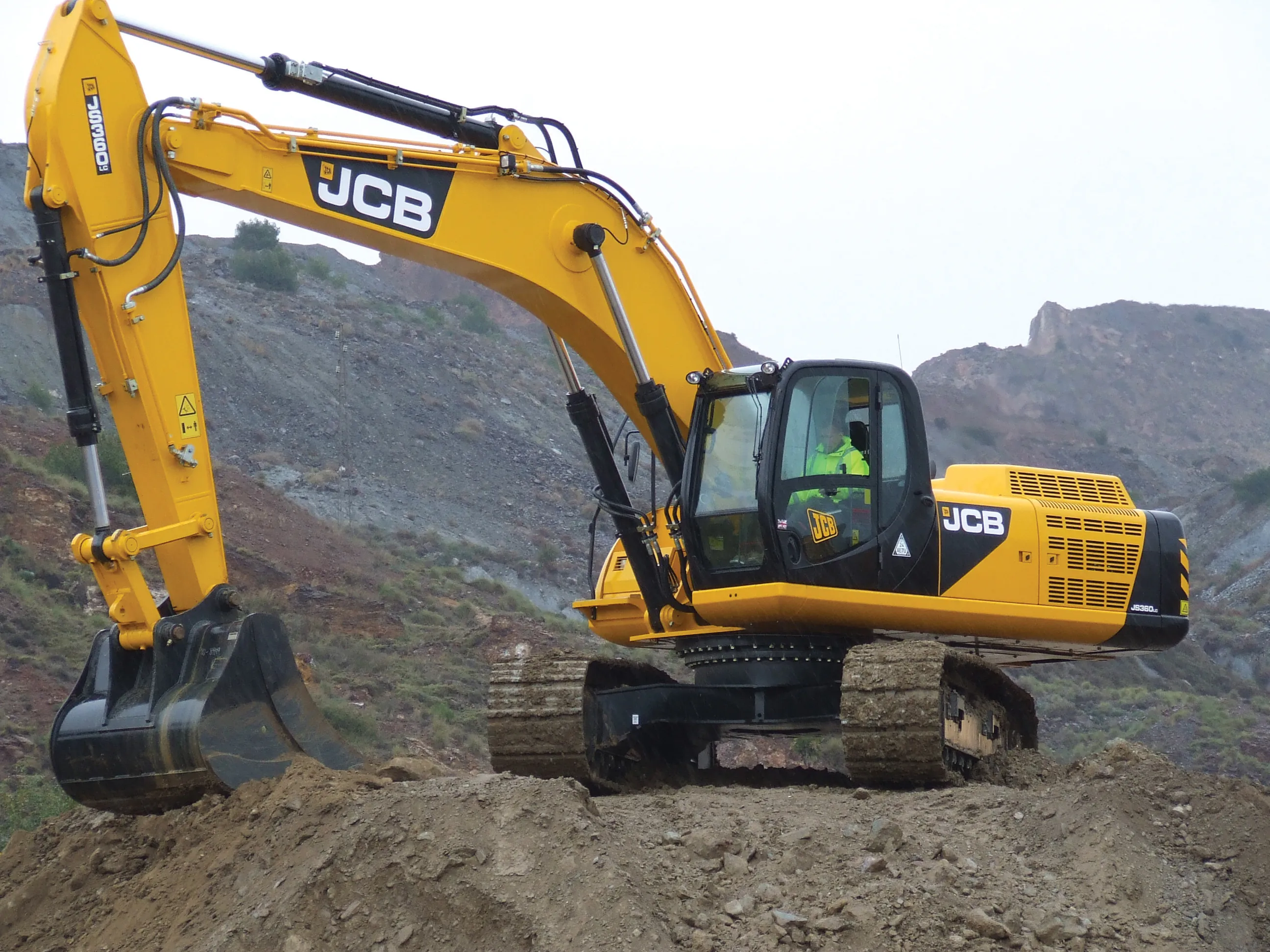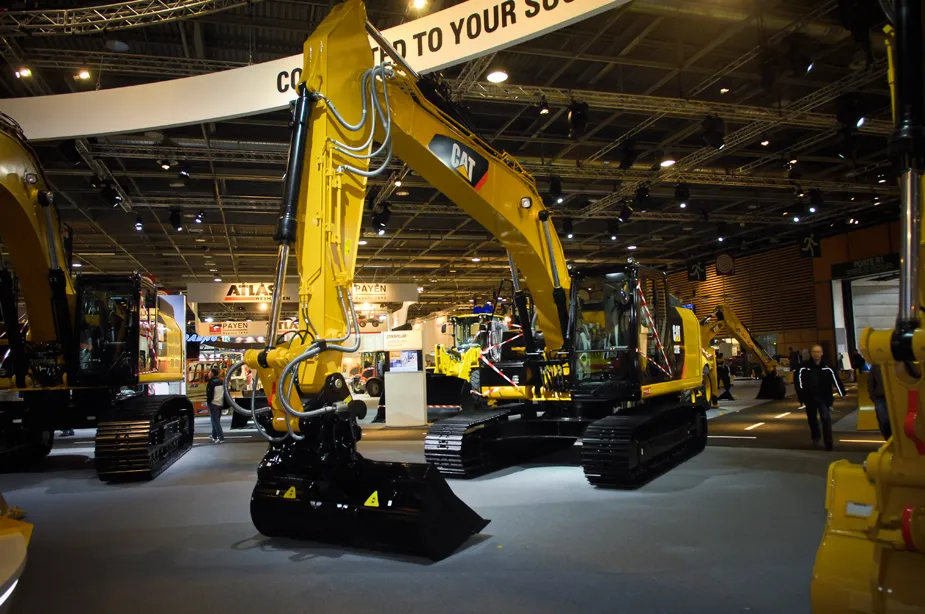Caterpillar’s tools division has added three tools to its G300 series of demolition and sorting grapples.
Caterpillar Work Tools, based in the Netherlands, now offers the G310 GC, G313 GC and G315 GC grapples for hydraulic excavators with operating weights between 10-19tonnes. The units are specifically for sorting out debris at source, loading and unloading containers or stripping a building before demolition.
The G300 GC grapples are available with a fixed upper head or with a top plate for mountin
May 19, 2015
Read time: 2 mins

Caterpillar Work Tools, based in the Netherlands, now offers the G310 GC, G313 GC and G315 GC grapples for hydraulic excavators with operating weights between 10-19tonnes. The units are specifically for sorting out debris at source, loading and unloading containers or stripping a building before demolition.
The G300 GC grapples are available with a fixed upper head or with a top plate for mounting an adapter bracket allowing the unit to be used with other equipment providers. But when used with the dedicated Cat CW Quick Coupler, the grapple can be exchanged in seconds for other Cat work tools. Cat excavators have pre-programmed hydraulic settings to accommodate G300 series grapples.
Because the new tools are built for demolition and sorting applications, they have a low height and feature a durable shell and hinge design. Hydraulic components are fully protected and the one-piece push-bar provides powerful closing forces for the grab shells. The G300 GC series also features hydraulic, 360° rotation, enabling the grapple to approach material from almost any angle with little need to move the carrier.
The perforated shells offer optimal view during operation. The square design allows maximum accessibility to material and the smooth inner surface of the shells and their high clearance promote optimal loading.








